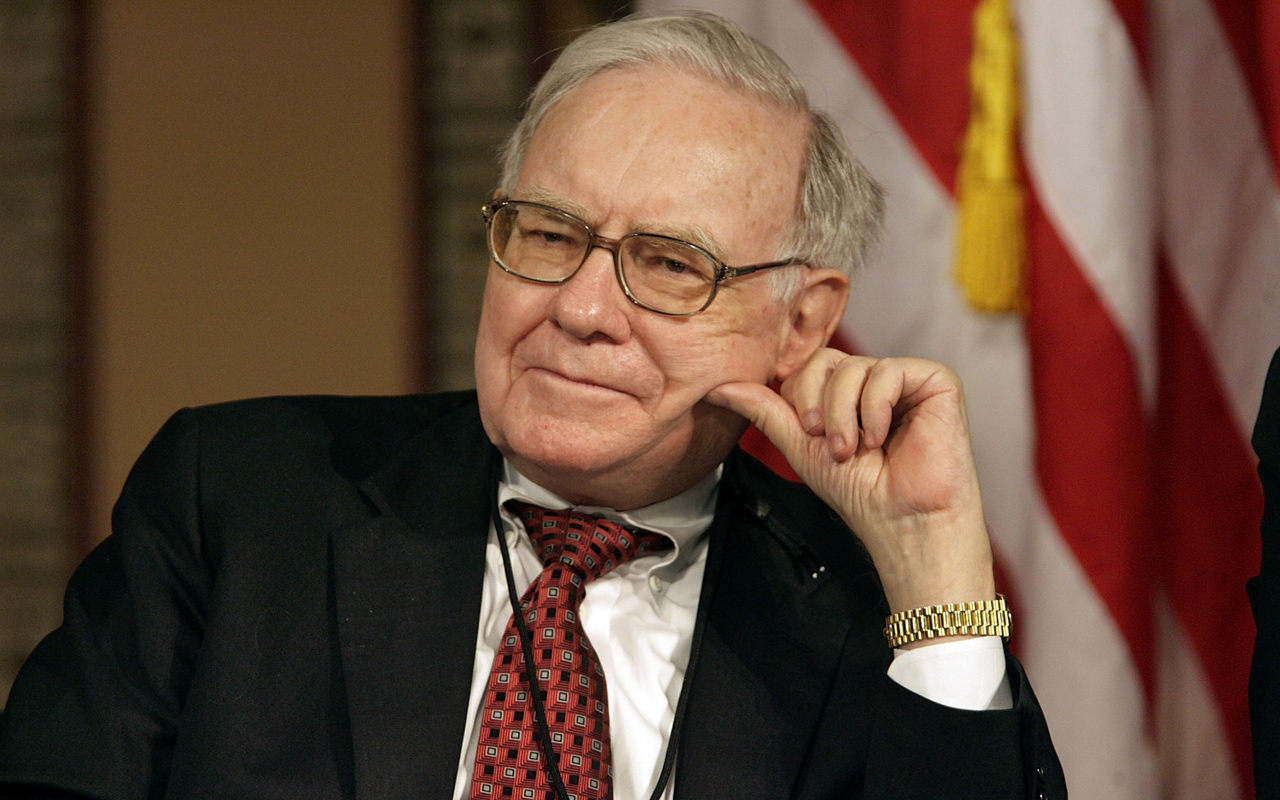Fidelity’s Unsung Heroes
I can think of three managers who may stick around and for whom I’m willing to stick out my neck.

It’s with some trepidation that I share my sleeper Fidelity fund picks with you. Sure, Fidelity offers a number of dependable funds, including Contrafund and Low-Priced Stock (both are members of the Kiplinger 25), supercheap index funds, and some wonderful bond funds. But look beyond those and you can quickly get frustrated. For example, you find a manager who delivers a few years of outstanding returns, money pours in, the fund gets bloated, and performance sags. Or the manager gets promoted to a bigger fund and a relative unknown takes over the fund you invested in. Or it turns out that those first few scintillating years were really just a fluke.
Enticing trio. Still, I can think of three solid managers who may stick around for a while in their current jobs and for whom I’m willing to stick out my neck. Fidelity has millions of customers, including many in 401(k) plans, so plenty of folks could use these tips.
Fidelity Dividend Growth (symbol FDGFX), managed by Larry Rakers, is a gem hidden in plain sight. Neither Rakers nor Dividend Growth, with more than $7 billion in assets, is obscure. Poor results before Rakers’s arrival and during his first few months with the fund at the end of 2008 have scared investors away. But Rakers produced great results at Fidelity Balanced (FBALX), and his approach here is almost identical -- minus the bonds, of course. His style is vintage Fidelity: He moves quickly among all sectors and among companies of all sizes in search of stocks set to surge. The main difference between Rakers and some of his growth-oriented colleagues is that he is more comfortable in cyclical sectors. Dividend Growth’s big 2009 (up 51%) might start to attract new investments, but it could be a while before the fund really becomes a cash magnet.
From just $107.88 $24.99 for Kiplinger Personal Finance
Become a smarter, better informed investor. Subscribe from just $107.88 $24.99, plus get up to 4 Special Issues

Sign up for Kiplinger’s Free Newsletters
Profit and prosper with the best of expert advice on investing, taxes, retirement, personal finance and more - straight to your e-mail.
Profit and prosper with the best of expert advice - straight to your e-mail.
Fidelity Advisor Mid Cap II (FIIAX) fits the classic Fidelity mold to a t. Manager Tom Allen looks for fast-growing companies and will trade quickly. But Allen doesn’t just chase trends. He looks for companies with low debt levels and clean accounting -- a strategy that helped the fund top its benchmark during 2008’s disaster. He even bought a clutch of junk bonds in early 2009, when they offered astonishingly high yields of about 14%. Allen tries to make the most of Fidelity’s resources by meeting all of the firm’s analysts as often as he can so that when he needs information outside of his realm of expertise in U.S. growth stocks, he knows where to go. Allen just reached his five-year anniversary at Mid Cap II, and the fund’s 6.5% annualized return over that period handily beat its peers’ average by three percentage points. Note that this is a load fund. If you can get it without a sales charge through a 401(k) or similar plan, jump at the chance.
In contrast with the fast-trading Allen, Chuck Myers, my final pick, strays from the Fidelity game plan of hopping from one good growth idea to the next. Myers, who runs Fidelity Small Cap Value (FCPVX) and the somewhat more growth-oriented Fidelity Small Cap Discovery (FSCRX), takes his cues from Warren Buffett’s playbook. Myers began as an analyst on Fidelity’s small-company-stock team, where he was mentored by Joel Tillinghast, manager of Low-Priced Stock.
Myers seems at home with small caps, so I hope that Fidelity doesn’t move him when a position opens at one of its big-cap behemoths. What I really like is that his portfolios and performance have stood out from the Fidelity crowd. That tells me that his stock orders spend little time in a queue at Fidelity’s trading desk alongside those of all the voracious large-cap elephants. Of the two Myers funds, I’d lean toward the $1.8-billion Small Cap Value as the better expression of his style. However, Small Cap Discovery just became available to nonretirement accounts, and its asset base of $257 million is appealingly small.
Columnist Russel Kinnel is director of mutual fund research for Morningstar and editor of its monthly FundInvestor newsletter.
Profit and prosper with the best of Kiplinger's advice on investing, taxes, retirement, personal finance and much more. Delivered daily. Enter your email in the box and click Sign Me Up.

-
 Forget FIRE: Why ‘FILE’ Is the Smarter Move for Child-Free DINKs
Forget FIRE: Why ‘FILE’ Is the Smarter Move for Child-Free DINKsHow shifting from "Retiring Early" to "Living Early" allows child-free adults to enjoy their wealth while they’re still young enough to use it.
-
 7 Tax Blunders to Avoid in Your First Year of Retirement
7 Tax Blunders to Avoid in Your First Year of RetirementA business-as-usual approach to taxes in the first year of retirement can lead to silly trip-ups that erode your nest egg. Here are seven common goofs to avoid.
-
 How to Plan for Social Security in 2026's Changing Landscape
How to Plan for Social Security in 2026's Changing LandscapeNot understanding how the upcoming changes in 2026 might affect you could put your financial security in retirement at risk. This is what you need to know.
-
 How I'm Going to Invest My Mega Millions Lottery Jackpot
How I'm Going to Invest My Mega Millions Lottery JackpotThe odds of winning the Mega Millions lottery are effectively zero, but here's how I'm investing my fortune should I hit the jackpot.
-
 Four Random Facts and Thoughts About Warren Buffett
Four Random Facts and Thoughts About Warren BuffettIf I love Warren Buffett so much why don't I just marry him?
-
 Investing in Gold Is Dumb
Investing in Gold Is DumbStocks are better than gold for both generating wealth and offering protection against inflation.
-
 What's So Scary About a Mega-Cap Tech Bull Market?
What's So Scary About a Mega-Cap Tech Bull Market?Bears say the market can't keep rallying when only five mega-cap tech stocks are driving returns, but history suggests otherwise.
-
 We Are Not in a Bull Market
We Are Not in a Bull MarketIt takes more than a 20% gain off the low to proclaim the beginning of a new bull market.
-
 Why I Don't Buy Stocks
Why I Don't Buy StocksIt's nearly impossible to beat the market – but it is cheap and easy to match it.
-
 Amy Domini on the Secrets of Sustainable Investing
Amy Domini on the Secrets of Sustainable InvestingESG An ESG pioneer says finding good corporate citizens is the best way to make money.
-
 Bitcoin Halving: What Does It Mean for Investors?
Bitcoin Halving: What Does It Mean for Investors?Technology 'Mining' for this cryptocurrency just became a lot more expensive